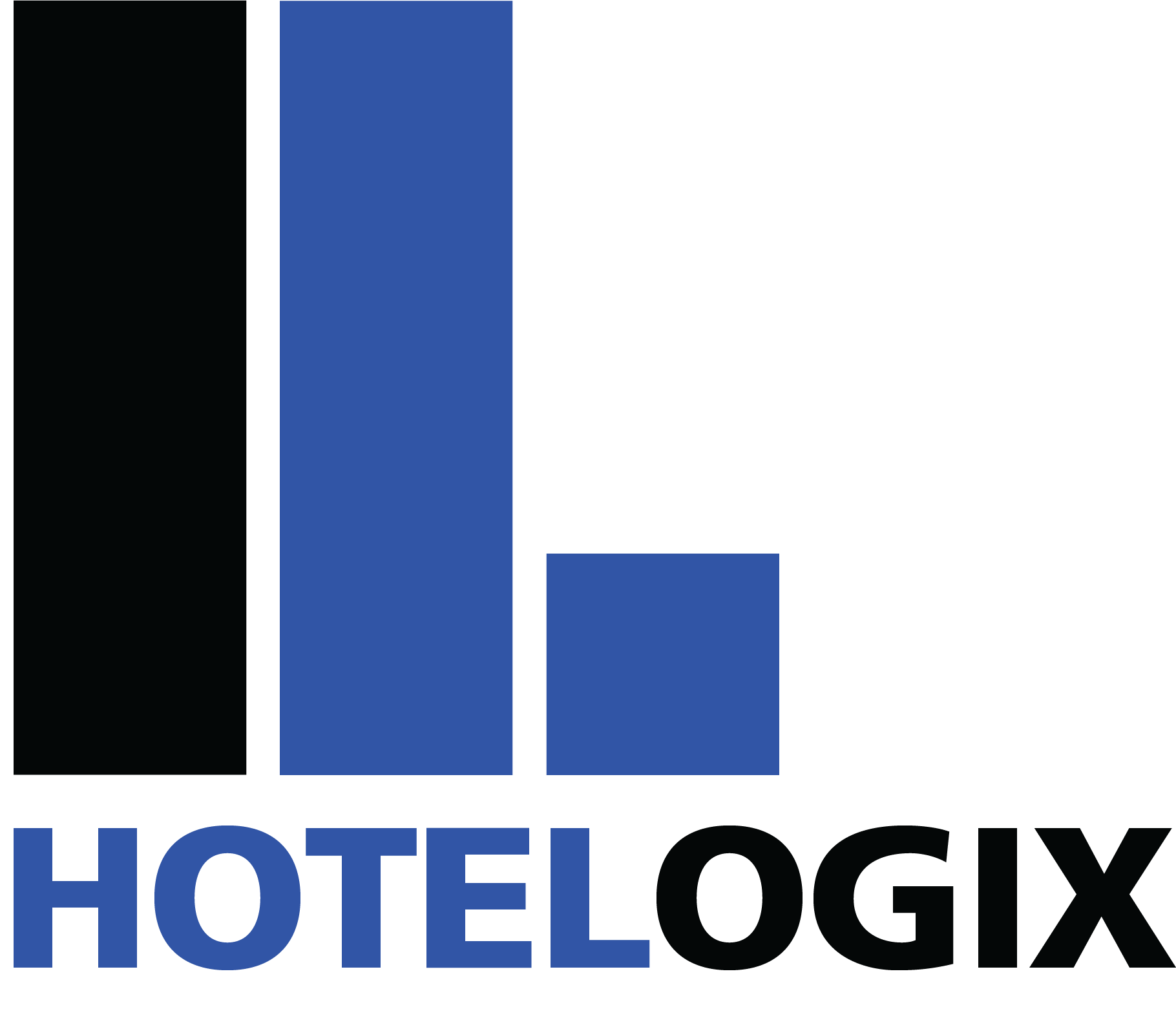Managing OTAs, your website, and agents can get messy. This guide shows how to pick the right channels, keep prices in sync, and cut commission costs—without losing reach.
Key Takeaways
- Balance direct and third-party channels so you stay visible and protect margin.
- Use one system to update rates and inventory and avoid overbookings.
- Track a few KPIs (conversion, ADR, ROI) and drop what doesn’t pay.
- Match channels to guest segments (business vs leisure, domestic vs international).
- Billboard effect exists: many guests discover you on OTAs, then book direct—check your data to size it for your hotel.
What Are Hotel Distribution Channels?
They’re the places your rooms are sold—online and offline. Think your website and phone, OTAs, GDS, metasearch, wholesalers/bedbanks, and social. The right mix helps you reach more travelers, control pricing, and grow revenue.
Why a Strong Distribution Strategy Matters
A clear plan makes you show up where guests are looking at the moment they’re ready to book. It also keeps prices consistent across platforms and controls commission spend.
What you gain:
- Revenue growth: more of the right eyeballs at the right time.
- Cost control: less reliance on high-fee channels.
- Better guest experience: guests choose the way they like to book.
With a modern PMS and channel tool, you can sync rates and availability across OTAs to avoid double bookings and still push more traffic to direct.
Common Channels and When to Use Them
- Direct (website, phone). Best margin and control. Works when your site is fast, clear, and can take payments. Great for loyal and repeat guests. Example: your Web booking engine.
- OTAs (Booking.com, Expedia, Airbnb). Huge reach and reviews. Good for first-time and international guests. Comes with commission—watch your net rate, and pair with Real-time OTA management for faster updates.
- GDS (Amadeus, Sabre). Used by travel agents and corporate bookers. Suits weekday/business demand. Needs clean content, tight policies, and GDS connect enabled.
- Metasearch (Google Hotel Ads, Trivago). Price-compare tools that can push traffic to your site. Works best when your site converts well on mobile.
- Wholesalers & Bedbanks. Buy rooms in bulk and resell at lower rates. Useful in low season or for groups. Watch rate leakage and parity.
- Social & Influencers (Instagram, Facebook). Good for local deals, last-minute pushes, and themed packages. Use simple CTAs and short forms.
Channel mix at a glance
When not to add more channels: If your site converts poorly (slow load, weak photos, confusing fees), fix that first. Driving traffic to a leaky site wastes money.
A Simple 7-Step Strategy
- Assess current position: pull last 90 days by channel—bookings, revenue, commission, net margin.
- Define goals: set occupancy, ADR, and a direct vs OTA share (e.g., 60/40) by season.
- Map guests to channels: weekday business → GDS/direct; weekend leisure → OTA + retarget to direct.
- Wire your stack: one PMS + channel tool + booking engine to cut manual edits (shortlist tools the market calls best hotel management software so you’re starting from proven options; see the Hotelogix Channel Manager for a unified approach).
- Fix the website: three clicks to book; clear taxes/fees; UPI/cards/wallets; fast on mobile.
- Run the plan: publish rates and policies consistently; keep content aligned everywhere (the teams behind top hotel management software stress this step for a reason).
- Review monthly: pause low-ROI placements; double down on winners.
Direct vs Indirect: How to Balance
- OTAs bring new and overseas guests fast, but at a fee. Strong for reach and reviews.
- Direct keeps margin and guest data, but only pays off if your site is quick, clear, and trusted.
- Billboard effect: OTAs often act as discovery. Industry references often cite ~35%, but verify your own share (e.g., direct bookings within 24–48 hours after OTA views).
Working rule: grow direct in high season when demand is strong. Lean on OTAs in low season or when opening new markets.
Match Channels to Guest Types
Business: books late, wants flexible policy → GDS or direct with flexible rates.Leisure: plans ahead → OTA for discovery; retarget to direct with a small perk (late checkout, welcome drink).Millennials: mobile-first and quick checkout.Boomers: may prefer phone support and clear policy text.Domestic (India): push UPI/wallets and WhatsApp support on site.International: show currency and taxes up front; offer trusted cards and clear cancellation.Mobile users: keep forms short; autofill details for repeat stays.
Geographic Distribution Strategies
- Local markets: push staycations and event weekends. Keep Google Business Profile fresh with photos, rates, and FAQs.
- Domestic travelers: work with top national OTAs; run region-specific offers that name local attractions.
- International tourists: use global OTAs and metasearch. Translate key pages and support common payment methods
- Seasonality: watch regional holidays, school breaks, flight schedules, and major events.
The Few KPIs That Matter
Use these to see which channels actually pay and where to adjust budget.
The Distribution Audit: A Simple Review
How often: monthly for single properties; quarterly for groups, plus a deep annual review.
Checklist:
- Photos current and consistent across all channels
- Room names/descriptions match everywhere
- Taxes/fees shown clearly on site and OTAs
- Rates/inventory sync in under 5 minutes
- No cheaper wholesale rates leaking before peak dates
- Booking engine loads fast on 4G; checkout in ≤3 steps
- Policies (cancellation, deposit) match across channels
Benchmarking tip: when you compare processes, look at what the best hotel property management systems publish as setup standards; it’s a good bar. Decide with data: keep, fix, or drop channels based on net revenue and effort. Add only if a new channel serves a segment you can’t reach today.
Why Choose Hotelogix?
Parity guard and simple overbooking controls keep prices consistent and rooms in check. If you’re evaluating the best hotel management system options, note how Hotelogix also supports group workflows that a central team would expect. The result: fewer manual edits, fewer mistakes, and tighter control of your channel mix.
FAQs
Q1-What percentage should come from OTAs?
A-There’s no single number. Many hotels aim for more direct in peak months and use OTAs to fill the low season. Start with a target (e.g., 60/40) and adjust by month.
Q2-How can I reduce OTA dependency without losing bookings?
A- Speed up your site, improve photos, make fees/taxes clear, and offer a small direct perk. Retarget OTA visitors back to your site.
Q3-How do I maintain rate parity across channels?
A-Use your channel manager to push prices and availability in near real time. Check wholesale contracts for peak-date leaks.
Q4-What’s the difference between a channel manager and a booking engine?
A-A channel manager syncs rates/availability to OTAs. A booking engine lets guests book on your website.
Conclusion
A balanced distribution plan grows revenue, controls commission, and keeps prices consistent. Use the channels that fit your guests, wire your stack so updates happen in one place, and review the numbers each month. For tool selection, check shortlists that mention the best software for hotel management and how those tools fit your exact workflow.
Want help setting this up end-to-end? Book a demo with Hotelogix.

